ArtifexBalear in Mallorca: From regenerative agriculture to marine ecosystem restoration
A tour of Miquel’s Farm
I had the opportunity to interview Miquel Ramis, the multifaceted founder and director of ArtifexBalear, and he took me on a virtual tour of his farm. On the outskirts of Palma de Mallorca, in a forest garden brimming with raspberries and asparagus, Miquel grows around 14 varieties of different plants. They are planted and grown densely, and they are chosen for their synergy in relation to each other. In the garden, Miquel has built and installed bat houses and two prototypes of houses for insects such as ladybugs, mason bees and butterflies.
The old stone finca, a 17th century estate, includes stonemasonry, blacksmithing, and wood workshops. Among his artworks are several neo-gothic sculptures, as well as the reproduction of a baroque water fountain. A seat made from an old tree that has been cut in the garden stands out in the corner of the room. There are complex and marvelous stone-carved sculptures, pebble and reclaimed marble mosaics, representing human figures. Miquel reclaimed scrap wood from an older work to make a new work of art representing a tree. From wood carvings created out of wood pallets and branches to the refined stone sculptures in his studio, every piece of material has been given a second life.
Line break
The project ArtifexBalear
Miquel Ramis is a Master Stonemason and sculptor who also works with sustainable building and regenerative agriculture. He learned the building arts from his father, a stone mason, when he was just 16 years old. He is basically self-taught, and a continuous learner.
In 2003, he decided to start teaching the knowledge transmitted from his father. That’s when he created the project ArtifexBalear, artifex meaning master of a craft or art, and Balear referring to the Balearic Islands. ArtifexBalear is a non-profit organization that brings volunteers to stay for extended periods of time at Miquel’s farm. There, they learn the skills of stonemasonry, appropriate technology and regenerative agriculture. ArtifexBalear is an immersive experience where volunteers gain a deeper understanding of environmental issues, practical circular economy, and the use of local resources and materials.
After its founding, it took some time before integrating the principles of stone carving with the notions of green building:
“While perfecting my knowledge of stone carving, I came in contact with a local permaculture group and, while interacting with the people from the group, I was asked, ‘Are you a permaculturist?’ I clearly remember that my first thought was, ‘What’s that?’ I had, in fact, always combined my interest in plants and trees with appropriate technology, but I never really knew that permaculture was already a subject of study and a lot of research had already been done. I tried to find out more information about it and I discovered the work of many well-known researchers in the field of permaculture, such as David Holmgren.”
According to Ramis, that’s when it all started. He soon learned the peculiarities of the Mallorcan clay soils, which are difficult to plow, and he realized how everything revolves around stone on the island.
Line break
Building materials for agriculture, agricultural materials for building
He has been teaching students how to work with bigger stones to build arches and columns, and with smaller stones, to make rammed earth walls and lime mortars. Another aim of the project is to find alternative materials for building that are easily accessible in nature. Mallorcans grow rice in some parts of the island, where Miquel discovered that rice husks, which are also used to produce biochar, can be employed to insulate walls. They turned out to be a perfect substitute for styrofoam, one of the best insulation materials on the market.
By introducing this material in his mortars, he was able to bring together the worlds of agriculture and building. “I also noticed that the information I used to collect about the granulometric curve (which is the right combination of gravel, thick sand, fine sand and lime) that I refer to when I need to design a lime mortar or an earth mortar, could be useful and applicable in the field of agriculture, as well,” Miquel told me.
By introducing this material in his mortars, he was able to bring together the worlds of agriculture and building. “I also noticed that the information I used to collect about the granulometric curve (which is the right combination of gravel, thick sand, fine sand and lime) that I refer to when I need to design a lime mortar or an earth mortar, could be useful and applicable in the field of agriculture, as well,” Miquel told me.
During the interview with Miquel, I discovered that in many places, including my local area of Lombardy in Italy, we have agricultural resources that can be used for building and building materials that can be used for agriculture.
“If each one of us started thinking differently, truly understanding the local environment, we wouldn’t waste food nor throw away useful produce. I firmly believe that today, we can get away from the linear economy that consists in exploiting, producing, polluting, using the product and, finally, throwing it away. I believe that, with more awareness, we could better understand and apply the concept of circular economy.”Miquel Ramis
In order to make his workers and students at the farm more aware of these principles, he introduced them to lime and earth mortars. They are creating a forest garden, and he introduced concepts such as reusing pruning residues and leftovers, as well as reconnecting the relationship between garden and house.
“When you live in the countryside, you realize that half of your building structures need to be for agricultural use, something that you can see in old houses,” Miquel explained. “You start to realize that contemporary design is not aligned with our reality. When you realize these things, you can change your design.”
Miquel went on to explain how, when you truly assimilate these notions, you don’t need to fill your fridge with lots of food anymore. Already having an orchard and a vegetable garden, all you need is some fish, meat, and dairy products. You just need to fetch the produce from your forest garden early in the morning, so that you have fresh produce going directly from the garden to the table.
Line break
Finding the perfect compost for Mallorcan soils
Mallorca is characterized by poor, harsh soils; the soils are red and full of stones. Heavy rains tend to compact soils, while during the summer, high temperatures and naked soil kills the soil biota. Therefore, tree planting needs larger than usual holes.
Miquel has been researching potential solutions over the past several years. In order to cultivate regeneratively, particular tools are needed, and in order to discover all the secrets in the field, it is important to understand how locals cultivated in the past. Soil structure is very important, and uneven rainfall also affects soil. Since soil structure in Mallorca is very different from the most common soils, Miquel started to study his own garden and began to apply the principles that he uses for his mortars to Mallorcan soils.
While studying the many kinds of compost that can be used, Miquel always experiments in order to find the perfect mix. He measures the humidity level as well as the temperature of the soil. Some of the experiments involve comparing his own compost with conventional composting methods. His compost is mainly fungal instead of microbial, thus making better use of the nutrients that the compost contains.
He also compares compost containing rock dust and compost containing biochar. Biochar is charcoal containing microorganisms. Through the right method of biochar production and inoculation, even though the soil is harsh, compact and rocky, it’s possible to achieve a dramatic improvement.
The goal is to find the most effective combination, which is the least expensive solution, obtained with minimum effort and maximum efficiency (one of the main principles of permaculture).
Line break
Remineralizing soils using the sea
Through the project BalearsVerd, he aims to plant one million trees by 2025. According to the website, “BalearsVerd is a proposal to regenerate the terrestrial and marine ecosystems of the Balearic Islands through Regenerative Agriculture and the recovery of Posidonia meadows.”
Before diving into the world of remineralizing soils using sea plants and minerals, we need to understand why seawater plays such a crucial role and how the use of sea minerals is connected with agriculture. Miquel explains that, first and foremost, we need to consider the water cycle. The water starts its journey in the clouds. As it travels downwards to the mountains to the rivers and finally to the sea, it carries mineral-laden rock fragments that are present on the soil surface. After being heated by the sun, the non-mineral water evaporates and the mineral salts remain in the sea. Clouds transport almost distilled water that discharges in the mountains, closing the cycle. That’s why, after millions of years, the water became salty.
An important realization is that, in many parts of the world, we plant in a counter-intuitive way: we extract underground water that contains all kinds of mineral salts. Then, we spray that water on the plants, gradually causing salinization (the harmful accumulation of water-soluble salts in the soil). We are told that if you extract too much water, then seawater will come and contaminate the aquifer. However, even places like Mesopotamia, which is far from the sea, are affected by salinization as well, and reading ancient texts translated from mud tablets, Miquel learned that even in ancient times they were forced to switch wheat for barley and oats, because they are more salt tolerant crops.
Posidonia Oceanica, commonly known as Neptune Grass, is a key element for the conservation of Mediterranean ecosystems. Posidonia meadows contribute to the conservation of biodiversity, and they act as a nursery for many species of fish, crustaceans, mollusks, and other forms of marine life. Posidonia seagrass is also responsible for the transparency of the waters of the Balearic region of the Mediterranean Sea, as it captures the dust particles that float on the surface of the water. Posidonia can be used as a highly insulative building material for laying wall and floor tiles. It also contains iodine and salt and is well-known for its antifungal and bug-repellent properties. Therefore, it can be used for either agricultural or building purposes.
All that grows in or by the sea contains minerals. That’s why Posidonia, a plant with long leaves made up of organic matter and minerals, is traditionally used in Italy, North Africa and the Mediterranean to remineralize soils.
Line break
ArtifexBalear – raising awareness and saving the planet
“My mission is proving that, besides conventional agriculture, there is another world that humanity has yet to truly experience, and it’s the world of regenerative agriculture. Thanks to the tools, techniques, and approaches that I previously mentioned, we can produce an amount of food that is almost the same as the amount of food derived from conventional agriculture, not to mention that we can regenerate the water cycle.”Miquel Ramis
Miquel also aims to grow nutrient-dense food and reduce greenhouse gas emissions, while spreading the idea that it’s possible to use very little space to grow large amounts of food. Perhaps, if we learn this important lesson, we will feed our children with better food, improving the lives of future generations.
Note: Remineralize the Earth is collaborating with Miquel on a grant proposal that includes remineralization trials within a regenerative agriculture framework. To begin, he is doing preliminary pot tests with several different sources of rock dust: a basalt rock dust from REMIN Scotland, Greenland loess, seawater, and sea mineral extracts. The results of the pot tests will help to decide which sources of remineralization are suitable for research, should the larger grant proposal receive funding. In addition, RTE board director Tom Goreau will be assisting with the marine restoration projects for the Balearic islands, including Mallorca.
Line break
Marialaura Faitini is an Interpreter, Translator and a Business English and Spanish Teacher, with a BA in Interpreting and a MA in Simultaneous Interpreting and Specialized Translation (English & Spanish). She currently works as an Interpreter at the Prefecture of Milan, in the field of International Security, and she teaches Business English and Spanish at various Italian companies. She also works as a translator in the field of Agritech and Telecommunications for a few Italian companies. She is very concerned about environmental issues and climate.
Support us on Patreon
Thank you for joining us today! Please become a member of RTE and support us on Patreon. Unlike many larger organizations, we work with a team of determined and passionate volunteers to get our message out. We aim to continue to increase the awareness of remineralization to initiate projects across the globe that remineralize soils, grow nutrient dense food, regenerate our forests’ and stabilize the climate – with your help! If you can, please support us on a monthly basis from just $2, rest assured that you are making a big impact every single month in support of our mission. Thank you!

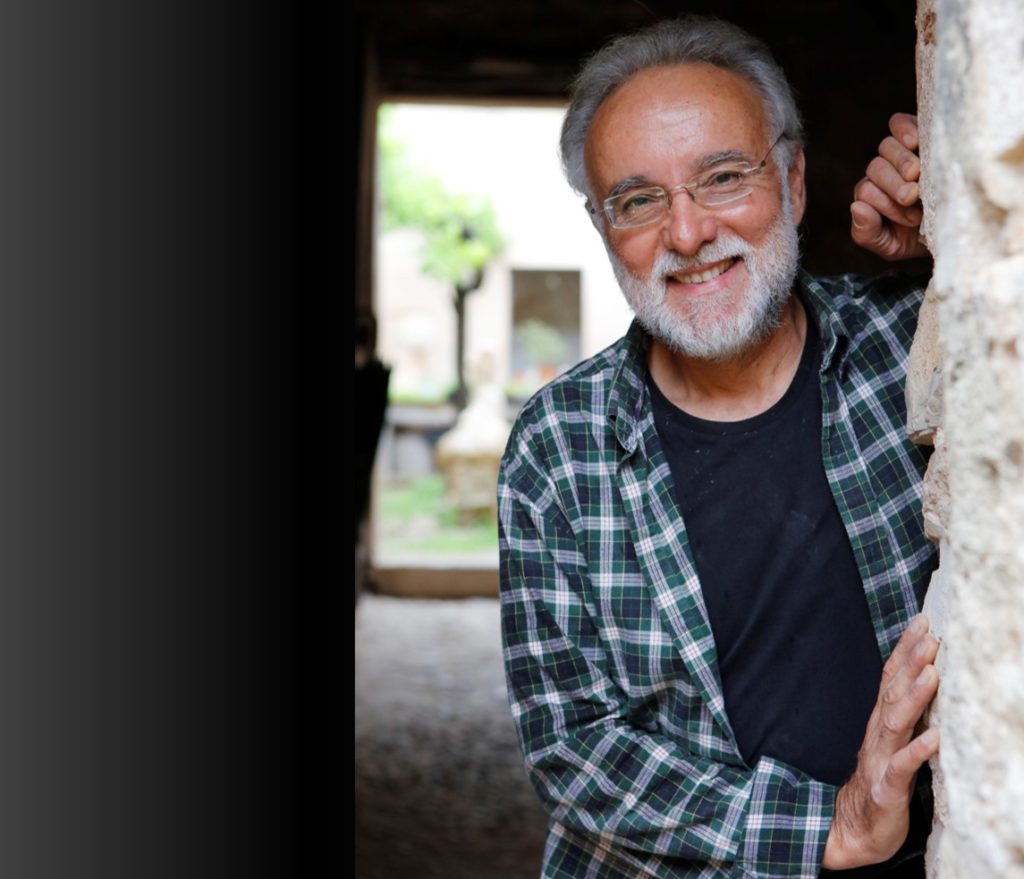
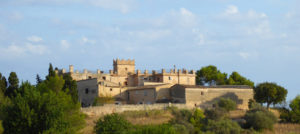
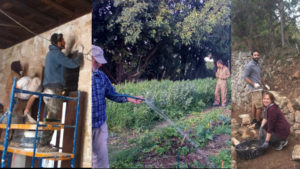
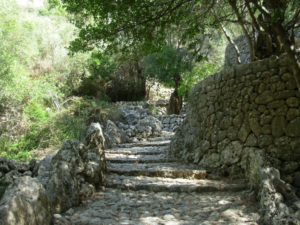
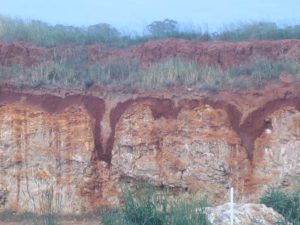
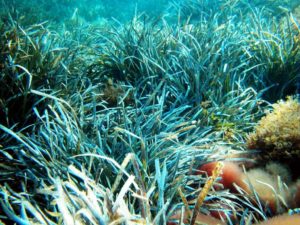






Got something to say?